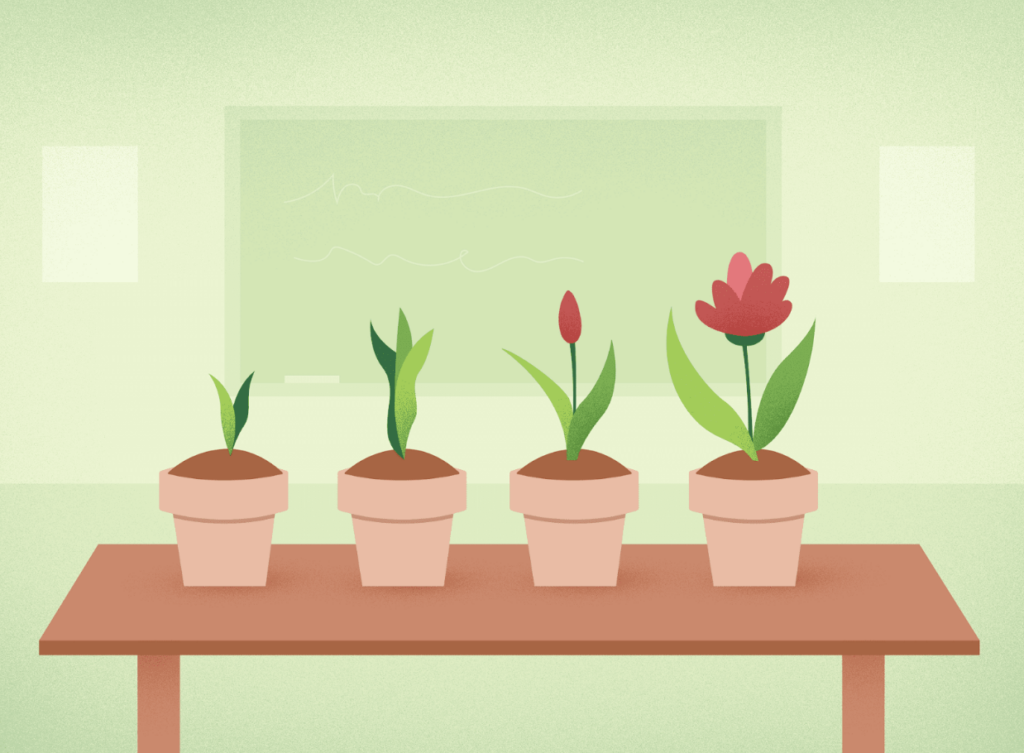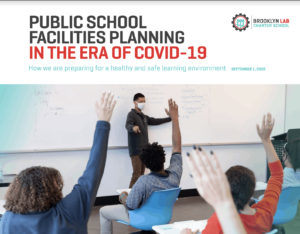Style and Substance: Help teachers create the classroom of their dreams
Key Points
-
Don’t assume that classroom appearances aren’t important when it comes to learning.

It was the end of the school day, and I was tired. I grabbed a stack of about 130 equation worksheets to grade on the train ride home and picked up the dry-erase markers (that I bought myself) and put them in my purse. I’d bring the pens back in the morning, but I didn’t want to risk someone taking them after I left for the day.
My principal poked her head into my classroom and said with a wink, “Friendly reminder! You need to make sure your word wall is up by tomorrow morning.” She then moved on to the next classroom to repeat the message.
I sighed and thought, “Are you kidding me? What a waste of my time.”
My principal was passionate about making our school beautiful.
I was passionate about getting my students to pass the New York State Algebra Regents Exam.
My principal wanted every classroom to have a word wall, where important subject-area concepts would be defined and displayed on colorful paper. She wanted bulletin boards showing student work on creative projects that demonstrated high levels of thinking. She brought in large, beautiful planters that lined the hallways with greenery. She found money to buy new wood-veneer tables for half the school’s classrooms to replace the old-fashioned single desks.
Meanwhile, I just wanted printer paper, dry-erase markers, and calculator batteries.
To me, the time and money spent on making our school and classrooms beautiful was just a distraction. Those things don’t help my students learn math. Or do they?
After three years of teaching, I went to graduate school in part to study how resources—from basic supplies to new furniture—affect teachers and students. What my research found surprised me: When teachers had their requests for classroom environment resources (like rugs, seating, or shelving) fulfilled on the crowdfunding platform DonorsChoose, their students did better on standardized tests, and (in new research) the teachers were less likely to leave the teaching profession.
The small, basic supplies I needed still matter, but they can only help so much. My principal was right. She was creating more than just a beautiful space—she was building a welcoming and positive environment for students to learn and teachers to work.
Don’t assume that classroom appearances aren’t important when it comes to learning.
Do help principals and teachers create the schools of their dreams. Volunteer to beautify your school or bring in a plant for an empty windowsill or hallway. Donate to fulfill teachers’ wish lists if you can. Supporting what educators want—not just what they need—can make all the difference.
With humility and gratitude,
Samantha Keppler is an assistant professor of technology and operations at the University of Michigan’s Ross School of Business. Before graduate school, she was a public school math teacher in New York City. Previously published on Character Lab.







0 Comments
Leave a Comment
Your email address will not be published. All fields are required.